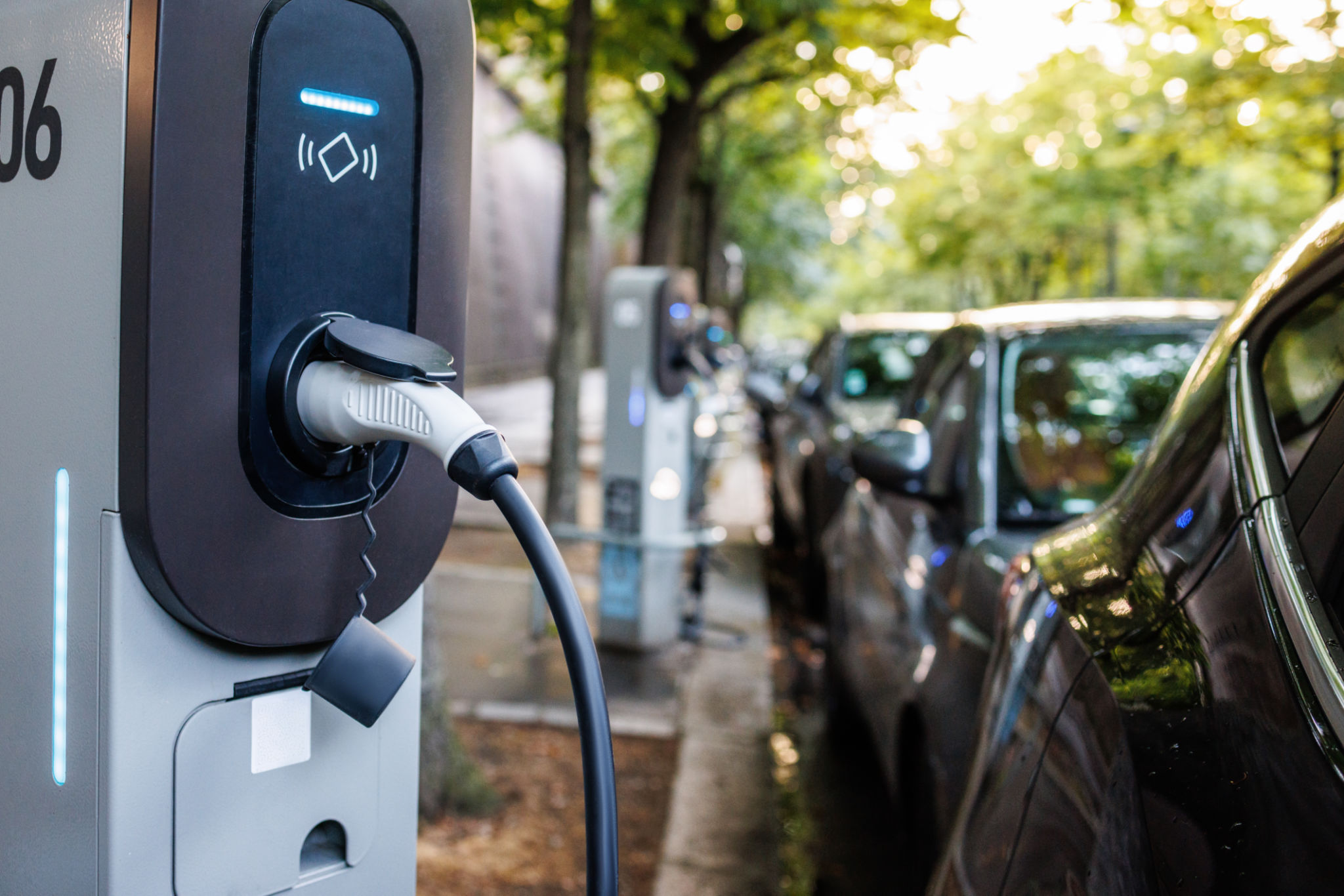DIY Solar Battery Storage: A Comprehensive Guide
Understanding Solar Battery Storage
As the interest in renewable energy solutions continues to grow, the concept of DIY solar battery storage has become increasingly popular among homeowners. Solar battery storage systems allow you to store excess energy generated by your solar panels for use during times when the sun isn’t shining. This not only maximizes your solar investment but also provides a reliable backup power source.

Benefits of DIY Solar Battery Storage
There are several advantages to setting up your own solar battery storage system. One of the most significant benefits is energy independence. By storing energy, you can reduce your reliance on the grid and protect yourself from rising electricity prices and power outages. Additionally, having a DIY setup allows for customization to suit your specific energy needs without the cost of professional installation.
Another advantage is environmental impact. By utilizing stored solar energy, you reduce your carbon footprint and contribute to a more sustainable future. This is particularly appealing to eco-conscious individuals looking to make a positive impact on the planet.
Choosing the Right Solar Battery
Selecting the right battery is crucial for an effective solar storage system. Key factors to consider include capacity, lifespan, efficiency, and cost. Popular battery types for solar storage include lithium-ion and lead-acid batteries. Lithium-ion batteries are known for their longer lifespan and higher efficiency, while lead-acid batteries are typically more affordable.

Essential Components for Your System
A complete DIY solar battery storage system consists of several key components:
- Solar Panels: These capture sunlight and convert it into electricity.
- Batteries: Store the generated electricity for later use.
- Charge Controller: Regulates the power going into the battery bank to prevent overcharging.
- Inverter: Converts stored DC power from the batteries into AC power for use in your home.
Ensuring compatibility between these components is essential for a seamless and efficient setup.
Installation Tips
Proper installation is key to the success of your DIY solar battery storage system. Start by assessing your energy needs to determine the number of solar panels and batteries required. Then, choose a suitable location for your panels with maximum sun exposure.

Follow manufacturer instructions carefully during installation and consider consulting with an expert if you have any uncertainties. Safety should be your top priority; always wear protective gear and ensure all electrical connections are secure and properly insulated.
Maintenance and Troubleshooting
Once installed, regular maintenance is necessary to keep your system running smoothly. Inspect your panels and batteries periodically for any signs of damage or wear. Clean your solar panels to ensure they are operating at maximum efficiency, and check battery connections and electrolyte levels if applicable.
If you encounter issues with your system, troubleshooting can often resolve minor problems. Common issues include underperforming batteries or inverter faults. In such cases, verify all connections, check battery voltage levels, and review system settings.
Conclusion
DIY solar battery storage offers an empowering way to harness renewable energy while promoting sustainability. By carefully selecting components and following proper installation procedures, you can enjoy the benefits of a reliable and efficient energy storage solution. With regular maintenance, your DIY system can provide years of clean energy, reducing both costs and environmental impact.
